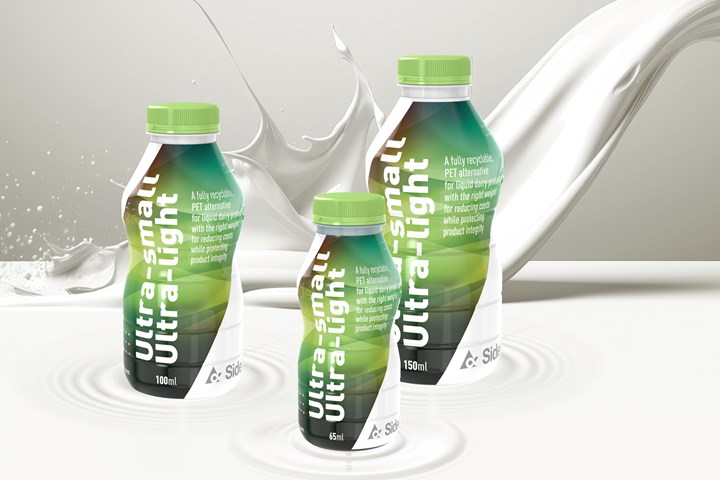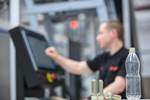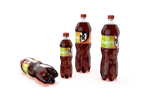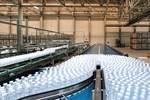Sidel Launches Ultra-Small, Ultra-Light PET Bottle for Liquid Dairy Drinks
Sidel’s drinkable yogurt bottles from 65 to 150 ml save material and energy in production, and they’re qualified for 100% rPET.

New PET bottle design from Sidel is aimed at the fast-growing liquid yogurt market with a high-output, lightweight, low-pressure design for extended shelf-life or aseptic processes. Photo Credit: Sidel
The latest lightweight PET bottle and preform design from Sidel is aimed at drinkable and probiotic yogurts in sizes from 65 to 150 ml and is suitable for ambient and cold-chain processes. The new small bottle could also be used for juice, nectar, soft drinks, isotonics and tea.
The global yogurt and probiotic market is predicted to grow at 9.3% from 2023 to 2030, aided by PET’s food-grade bottle-to-bottle recyclability and cost savings that Sidel pegs at up to 20% when switching from HDPE.
Sidel claims best-in-class bottle weights of 3.9 g for a 100-ml extended shelf-life bottle and 5.4 g for a 100-ml aseptic bottle, achieved through a dedicated preform design. The new bottles are qualified for 100% rPET and also enable energy-saving low blowing pressure below 15 bar. The new preform design reportedly ensures a wide process window, even with reduced heating zones.
In addition, the new bottles are compatible with Sidel’s Aseptic Combi Predis FMa aseptic system with dry preform decontamination. The bottle is suitable for production speeds up to 66,000 bph, according to the company.
Related Content
-
What to Look for in High-Speed Automation for Pipette Production
Automation is a must-have for molders of pipettes. Make sure your supplier provides assurances of throughput and output, manpower utilization, floor space consumption and payback period.
-
Latest Data on Bottled Water Shows Continued Strong Growth
Bottled water’s volume surpassed soft drinks for the first time in 2016 and has done so every year since.
-
Impacts of Auto’s Switch to Sustainability
Of all the trends you can see at NPE2024, this one is BIG. Not only is the auto industry transitioning to electrification but there are concerted efforts to modify the materials used, especially polymers, for interior applications.













